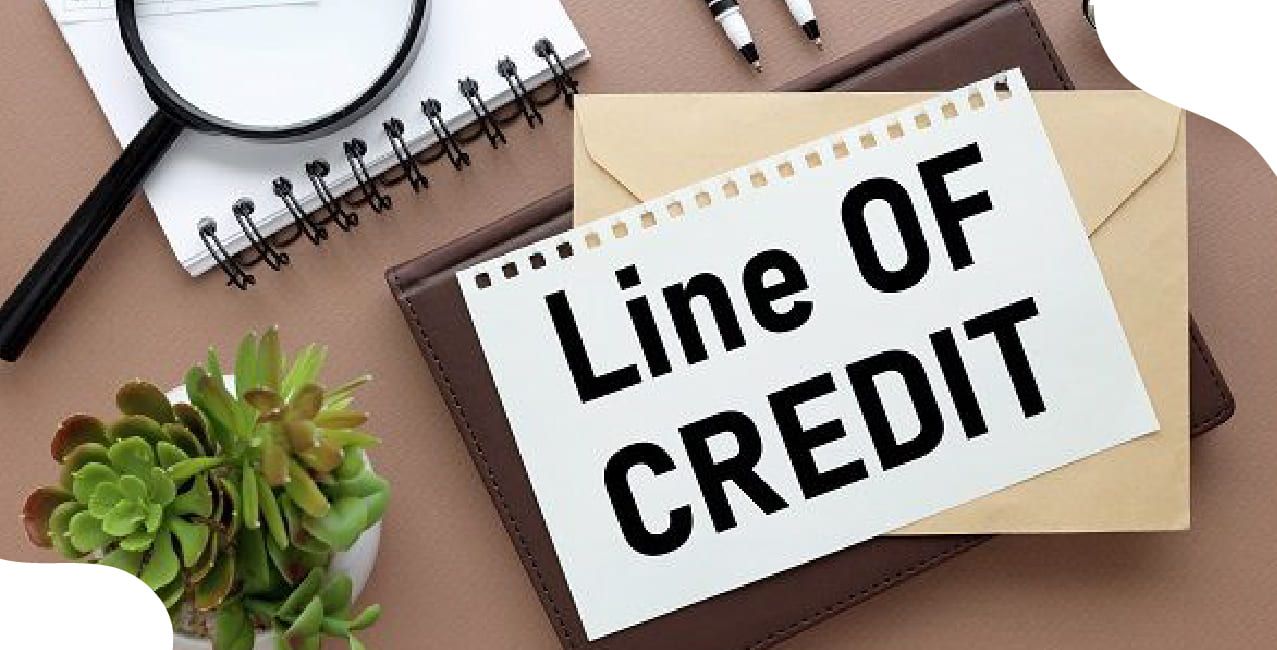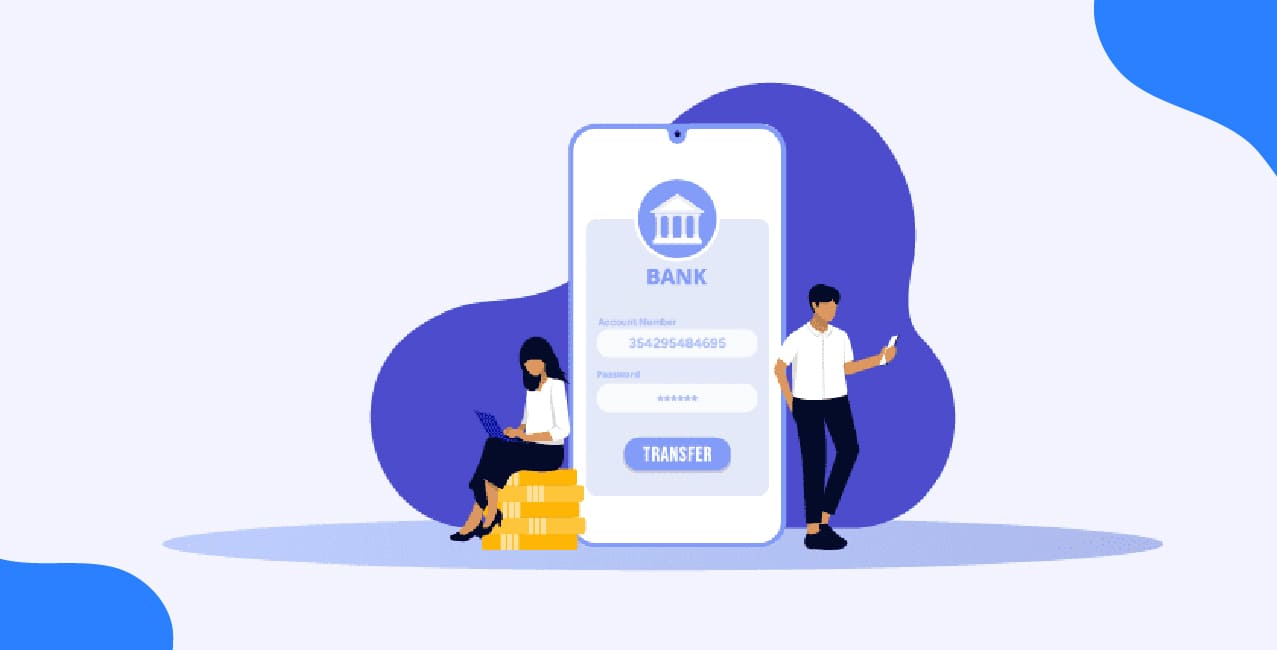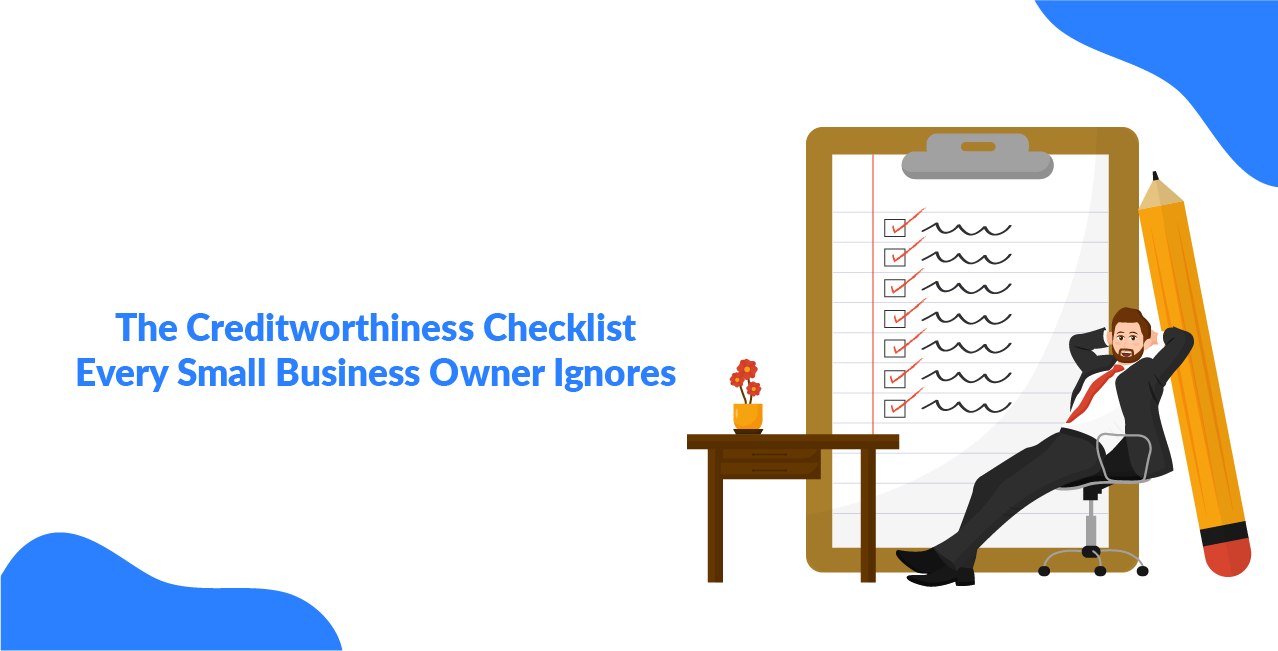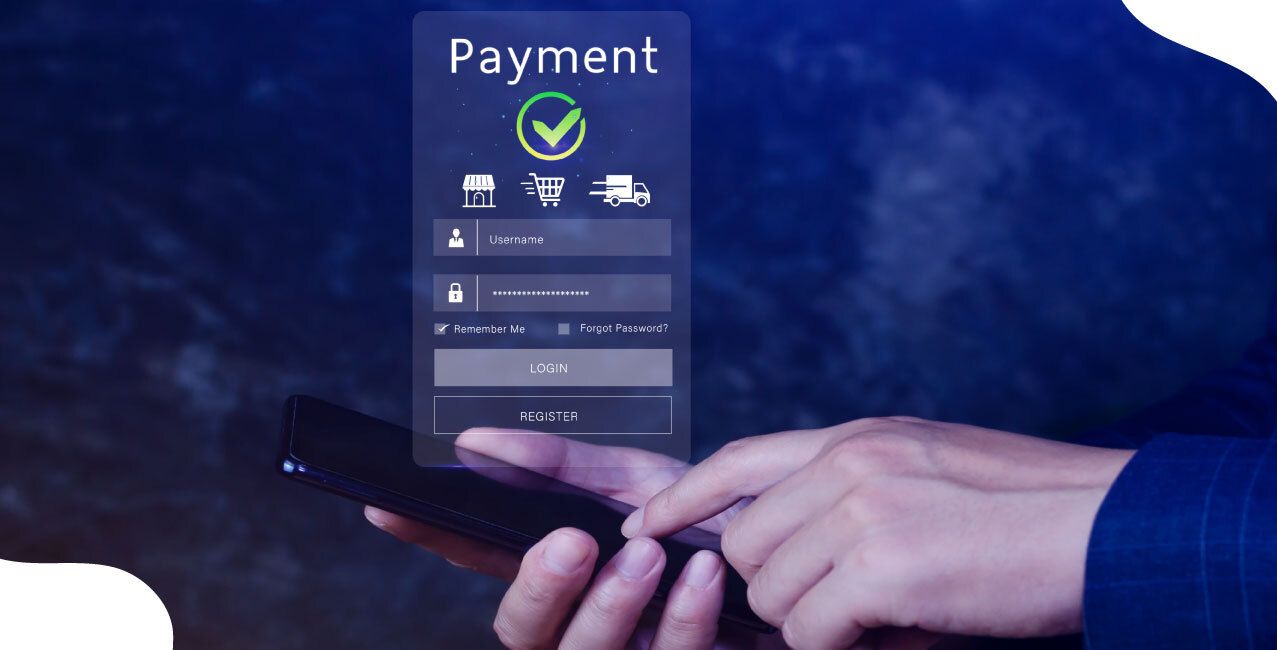
Author
LoansJagat Team
Read Time
6 Min
17 Sep 2025
What Is A Line Of Credit – Flexible Borrowing For Individuals And Businesses
Summary Lines:
- A Line of Credit is like having extra money set aside for you. You can take some when needed, pay it back slowly or fast, and use it again within your limit.
- You don’t pay interest on all the money available. You only pay interest on the amount you borrow, making it cheaper and more flexible than a traditional loan.
- A Line of Credit is very useful for emergencies, business needs, or planned big expenses. But if you overspend or delay payments, extra charges can make it risky and costly.
A line of credit is money a bank lets you borrow when needed, like credit. You take only what you need, repay later, and can reuse it many times.
Let’s say Arun gets a Line of Credit (LOC) of ₹1,00,000 from his bank. In January, he borrowed ₹30,000 for medical expenses, so his remaining balance is ₹70,000. In March, he takes another ₹20,000 for coaching fees, making his total usage ₹50,000.
In May, he repays ₹15,000, which increases his available balance to ₹65,000. Later in July, he borrowed ₹25,000 for car repairs, so now he owes ₹60,000 in total. The best part is Arun pays interest only on the money he used, not on the full ₹1,00,000.
A Line of Credit (LOC) is like having a flexible loan that you can tap into whenever you need money—without reapplying every time. The bank sets a credit limit (like ₹1,00,000), and you’re free to borrow as much or as little as you want, pay interest only on what you use, and reuse the funds once you repay them.
Let’s make it super simple with a real-life example:
Imagine Riya, a freelance designer, gets approved for a Line of Credit of ₹1,00,000. Think of it as a magic money jar. In January, she dips into the jar and takes ₹40,000 to buy a laptop. She still has ₹60,000 left. By March, Riya repays ₹20,000 from a client project. Now her magic jar has ₹80,000 again.
Suddenly, in April, her car broke down, and repairs cost ₹50,000. No stress—she simply uses her Line of Credit. No paperwork, no delays.
Here’s the best part: She only pays interest on the ₹50,000 she used—not the full ₹1,00,000 approved limit. And once she repays it, the jar fills up again.
In this blog, we’ll explore how a Line of Credit works, its key features, types, pros and cons, eligibility, and how you can apply for one smartly, whether you're a business owner or an individual planning your next big step.
Types of Lines of Credit:
1. Personal Line of Credit (PLOC):
A Personal Line of Credit lets you borrow, repay, and reuse funds within a set limit. You can withdraw at any time during the draw period and pay interest only on what you use.
Let’s understand it with the help of an example:
Think of a Personal Line of Credit (PLOC) as your own ‘financial tap’, you turn it on when you need money and turn it off when you don’t.
Let’s say your bank approves a PLOC of ₹2,00,000 with a 5-year draw period.
- In January, you take ₹50,000 to fund a surprise family vacation. Remaining limit: ₹1,50,000.
- By April, you will have repaid ₹20,000 from your salary. Now your available balance is ₹1,70,000.
- In June, your kitchen’s water heater breaks, costing ₹60,000. You borrow it instantly from your PLOC.
The magic? You only pay interest on what you’ve borrowed: ₹50,000 in January, then ₹30,000 in April (after partial repayment), and so on.
It’s like having a refillable emergency wallet that never runs out as long as you keep refilling it when you can.
2. Business Line of Credit (BLOC)
A Business Line of Credit gives companies flexible access to funds for ongoing or unexpected needs. Businesses borrow only what’s required, repay later, and reuse the funds whenever future needs arise.
Let’s understand it with the help of an example:
Think of a Business Line of Credit (BLOC) as your company’s ‘money superpower’, always there to boost your operations whenever needed.
Let’s say a small bakery, Sweet Treats, gets a BLOC of ₹5,00,000 from the bank.
How they use it:
Sweet Treats, a small bakery, used its Business Line of Credit of ₹5,00,000 in different ways. In January, they withdrew ₹2,00,000 to buy new ovens, leaving a balance of ₹3,00,000. By March, they borrowed another ₹50,000 for seasonal ingredients but repaid ₹1,00,000, raising their available limit to ₹3,50,000.
In May, they spent ₹1,50,000 to expand the café’s seating area, bringing the balance down to ₹2,00,000. By July, after repaying ₹1,50,000, their available limit again increased to ₹3,50,000. This cycle shows how a Business Line of Credit offers flexibility, letting them borrow, repay, and reuse funds as needed.
Why it’s powerful:
- Sweet Treats never has to reapply for a loan each time.
- They only pay interest on the amount they use.
- Once they repay, the funds become available again, just like topping up a fuel tank.
3. Home Equity Line of Credit (HELOC):
A Home Equity Line of Credit lets you borrow against your home’s built-up value. It works like a large reusable credit card, but your house secures the borrowed money.
Let’s understand it with the help of an example:
Imagine your house is worth ₹60,00,000 and you still owe ₹30,00,000 on your mortgage. This means you have ₹30,00,000 in home equity (₹60,00,000 – ₹30,00,000).
Your bank approves a HELOC with a limit of ₹20,00,000 based on that equity.
Here’s how you might use it over a year:
A Home Equity Line of Credit (HELOC) gives you the power to borrow against your home’s value whenever needed. For example, imagine your bank approves a HELOC of ₹20,00,000. In January, you take ₹5,00,000 to renovate your kitchen, leaving ₹15,00,000.
By April, you withdraw ₹3,00,000 for your child’s college fees but repay ₹1,00,000, so your available balance becomes ₹13,00,000. In August, you borrow ₹4,00,000 for medical expenses, reducing it to ₹9,00,000. By November, after repaying ₹2,00,000, your balance rises to ₹11,00,000 again.
The best part is you only pay interest on the money you use, not the full limit. Think of it like a big money tap at home, use when needed, close it when done, and refill by repaying.
When Should You Use a Line of Credit?
Use a Line of Credit for sudden expenses or big costs that your budget can’t handle. But be careful, late payments, high interest, or overspending can make it harder to repay.
Let’s understand it with the help of an example:
Think of a Line of Credit (LOC) as your financial umbrella. You don’t open it every day, but when it suddenly rains, it saves you from getting drenched.
Let’s say Priya has an LOC of ₹2,00,000.
- In March, her fridge suddenly stopped working, and replacing it costs ₹40,000. She uses her LOC. Balance left: ₹1,60,000.
- In May, her daughter’s school trip needs ₹30,000. She borrows again, so now she owes ₹70,000.
- By July, she pays back ₹20,000, so her available balance goes back up to ₹1,50,000.
Here’s the smart part: Priya only pays interest on what she borrowed, not on the whole ₹2,00,000.
But imagine Priya forgets to pay in August. The bank adds a late fee, and interest keeps growing. Suddenly, her umbrella has holes and doesn’t protect her anymore.
The simple lesson: Use a Line of Credit only for emergencies or important, big costs, not for fun shopping. It’s like a fire extinguisher useful in danger, but if you use it to light candles, things can go wrong.
Line of Credit vs. Traditional Loan – Key Differences
Both are borrowing tools, but how they function, repay, and charge interest is quite different.
Before choosing between a Line of Credit (LOC) and a traditional loan, it’s important to know how they differ in structure, usage, and flexibility. The differences below highlight how each works in real life.
- Borrowing Style:
A traditional loan gives you the full amount upfront. LOC lets you withdraw as needed.
- Interest Calculation:
Traditional loans charge interest on the entire amount. LOC charges interest only on the used amount.
- Repayment Flexibility:
Loans have fixed EMIs and schedules. LOC offers more flexible repayment based on your usage.
- Reusability:
Traditional loans end once repaid. LOC can be reused after repayment—like a refillable wallet.
- Application Process:
You must reapply for a new loan. LOC is ongoing—you use it when required.
These differences make it clear that Lines of Credit are better suited for ongoing, flexible needs, while traditional loans are ideal for fixed, one-time expenses. Choose what matches your financial goals.
Here’s a quick table comparing these key aspects:
Before you decide between the two, it’s useful to see their differences side by side.
As you can see, Lines of Credit offer more flexibility, while traditional loans suit planned, one-time expenses.
Conclusion:
A Line of Credit is like a money backup you can use anytime. You take only what you need, repay, and use it again. It can help in emergencies, business needs, or big expenses at home. The trick is to use it wisely, not for fun spending. If managed well, it becomes your trusted financial friend.
FAQs:
Q1: What is the purpose of a business line of credit?
A business line of credit gives flexible access to funds, letting you borrow only when needed and reuse them once repaid.
Q2: What is a flexible line of credit?
A: It’s a loan with a set limit you can borrow, repay, and reuse anytime.
Q3: What is the purpose of a line of credit?
A: It provides flexible funds up to a limit, which you can borrow, repay, and reuse anytime.
Q4: Can I withdraw money from a line of credit?
Yes, you can withdraw funds anytime up to your credit limit and repay at your convenience, as long as you make the monthly minimum payments.
FACT: Checking your credit report will not reduce or hurt your credit score.
Other Related Pages | |||
About the Author

LoansJagat Team
‘Simplify Finance for Everyone.’ This is the common goal of our team, as we try to explain any topic with relatable examples. From personal to business finance, managing EMIs to becoming debt-free, we do extensive research on each and every parameter, so you don’t have to. Scroll up and have a look at what 15+ years of experience in the BFSI sector looks like.

Quick Apply Loan
Subscribe Now
Related Blog Post


